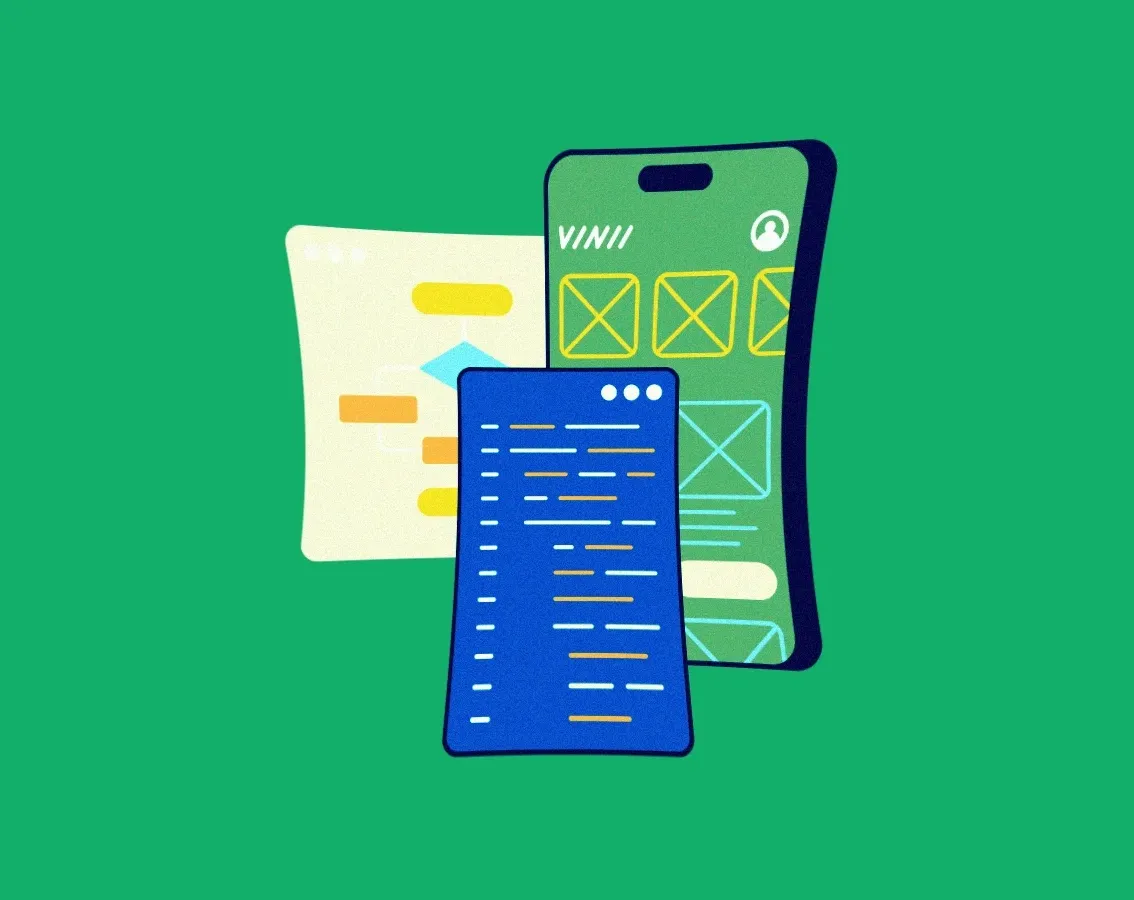blog
Custom Software vs Off-the-Shelf: Breaking It Down
By Mohan S App development Digital transformation June 9, 2025

For leading firms, technology is no longer a support function, it’s a growth lever. Choosing between custom-built apps and off-the-shelf (OTS) app isn't just a technical decision; it's a strategic one. Here’s a practical breakdown to help you make that call.
Why Off-the-Shelf Software Still Works, Sometimes
Off-the-shelf tools like Salesforce, SAP, QuickBooks, and Asana are popular for a reason: they’re ready to go. Setup is fast. Costs are predictable. You know what you’re getting. Here's how Off-the-Shelf Helps:
1. Quick implementation: If time-to-market is critical, OTS gets you to go live faster.
2. Lower upfront cost: No dev team required. Just pick a plan and go.
3. Predictable functionality: Tried, tested, documented, and widely adopted.
But here’s the catch: everyone’s using the same thing and it might lead to limitations depending on your goals.
Where Off-the-Shelf Limits You:
1. No competitive edge: You get the same tools as your competitors. No advantage.
2. Customization gaps: You bend your process to fit the tool, not the other way around.
3. Hidden long-term costs: Subscriptions, integration workarounds, and feature gaps add up.
4. Security exposure: Widely used platforms are bigger targets. According to IBM, 2023 saw a 20% increase in breaches via third-party SaaS vendors.
OTS works if your business functions are standard. But if you're solving problems uniquely, it’s just duct tape.
The Case for Custom: Built Around How You Actually Operate
Custom software flips the dynamic. Instead of adapting to software, the software adapts to you. You own the IP, dictate the roadmap, and design for growth. Where custom development shines:
1. Process alignment: The software reflects your unique workflows, not someone else’s.
2. Scalability by design: Built for today with headroom for tomorrow.
3. Data centralization: Consolidate fragmented tools into one source of truth.
4. Automation edge: Streamline internal operations in ways plug-and-play apps can't.
5. Strategic advantage: Think internal pricing engines, bespoke dashboards, proprietary customer experiences.
It’s not cheap upfront. It takes longer. But over a 3–5 year horizon, it often delivers better ROI; especially when software drives revenue or efficiency directly.
Common Real-World Scenarios
Finance: Risk management platforms and algorithmic trading tools are almost always custom.
Travel: Booking engines tailored to multi-leg, cross-border itineraries can't rely on generic software.
Ecommerce: Inventory management and checkout flows can’t be one-size-fits-all when margins depend on optimization at scale.
Quick Comparison: Custom vs Off-the-Shelf
| Feature | Custom Software | Off-the-Shelf Software |
|---|---|---|
| Cost | High upfront, low long-term | Low upfront, high long-term |
| Deployment Time | Longer | Faster |
| Customization | Fully flexible | Limited |
| Control | Full ownership | Vendor-reliant |
| Integration | Built for your stack | Often patched via APIs |
| Security | Controlled in-house | Shared exposure |
| Differentiation | High | Low |
When to Go Custom
Your workflows don’t fit into SaaS boxes: If your internal processes are highly specific or non-standard, custom software ensures your team doesn’t have to compromise or work around rigid tools.
You need proprietary tools for differentiation: When your competitive edge depends on unique capabilities or customer experiences, custom development lets you build what no off-the-shelf solution offers.
Your existing stack needs tight integration: If your current systems are deeply interconnected or reliant on legacy architecture, custom software can be built to seamlessly connect without breaking dependencies.
You’re building long-term tech assets, not just tools: When technology is central to your business model or IP strategy, owning the software and roadmap gives you control over how your platform evolves.
When to Go Off-the-Shelf
The tool isn’t core to your business: If the software supports a non-critical function (like basic HR or invoicing), a reliable off-the-shelf product is usually sufficient.
You need something now and perfect isn't the goal: When speed to deployment is more important than customization, OTS software gets you moving without the wait.
Budget is tight and customization can wait: For startups or departments with limited budgets, off-the-shelf tools offer a practical starting point until a tailored solution becomes viable.
Standard features meet 80–90% of your needs: If a commercial tool covers most of your use cases with minimal friction, it’s usually not worth reinventing the wheel.
The Hybrid Play
Many firms go hybrid, use OTS where it’s “good enough,” and integrate it with custom APIs, middleware, or dashboards. Just know that tying multiple technologies together can become its own complexity trap.
What to Do Before You Decide
Map your core processes: Take stock of how your teams actually work day to day, identify where bottlenecks occur, where manual tasks pile up, and what processes drive customer value.
Score what's core vs. commodity: Separate the functions that differentiate your business from those that are standard across the industry, and focus investment on the ones that move the needle.
Run a cost-benefit over 3–5 years: Evaluate total cost of ownership, including integration, licensing, staffing, and lost time, against the long-term business gains of speed, control, and scalability.
Talk to your teams: Get input from the people using the tools daily to uncover hidden friction, workarounds, and inefficiencies that software decisions should aim to solve.
Bring in tech early: Loop in your engineering or product teams at the planning stage to avoid misaligned expectations, unbuildable requirements, or costly rewrites down the road.
Final Word
If your business is generic, off-the-shelf is fine. But if you’re in the business of scaling something proprietary, whether that’s a product, a service model, or a data advantage, custom is almost always worth the investment.


